Introduction: In this article, Gena Philibert-Ortega gives tips for researching your ancestor’s participation in a fraternal order such as the Oddfellows. Gena is a genealogist and author of the book “From the Family Kitchen.”
Do you have a male ancestor who was a member of a fraternal order? The most well-known of the fraternal orders are the Masons and the Oddfellows, but there are others. A definition of a fraternal order is:
…a fraternity organized as an order, with traits alluding to religious, chivalric or pseudo-chivalric orders, guilds, or secret societies. Contemporary fraternal orders typically have secular purposes, including social, cultural and mutually beneficial or charitable aims. Many friendly societies, benefit societies and mutual organizations take the form of a fraternal order. (1)
It may seem obvious to seek out fraternal order records for your ancestor from the organization itself – but also consider searching historical newspapers, such as GenealogyBank’s Historical Newspaper Archives, for information about the order’s meetings and activities. This research should be done by conducting two searches: a name search of the ancestor and a search of the name of the fraternal order.
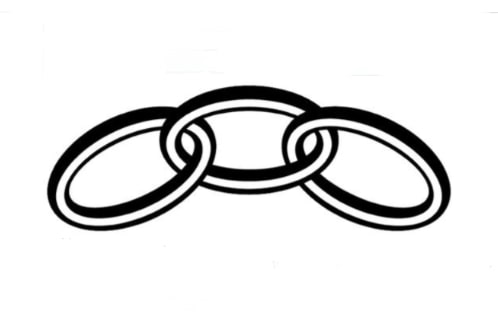
An Example: Oddfellows
Let’s look at an example of what types of newspaper articles you can find when documenting the life of a community fraternal order. For this example, we will focus on the Independent Order of Oddfellows (sometimes referred to as IOOF or Oddfellows) in Beaumont, Texas, newspapers in the 1920s.
Some newspapers will include a section or a column of fraternal order notices. These are meeting notices and may be brief. This notice from 11 June 1922 is found amongst the legal notices and classifieds at the back of the newspaper. It directs Oddfellows and Rebekahs to meet at the cemetery for a memorial service. (2) The only name mentioned is an Oddfellows officer.
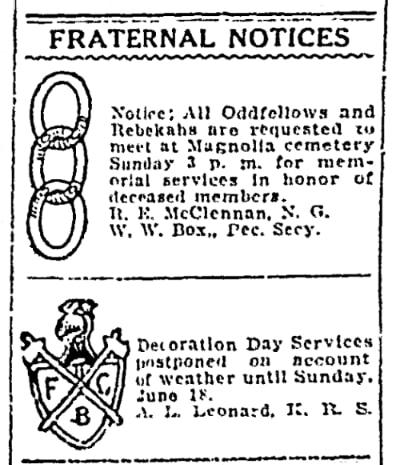
This newspaper article includes not only the local Oddfellows but other Oddfellows in the region. Once again, the only mention of names are officers in charge of the installation.
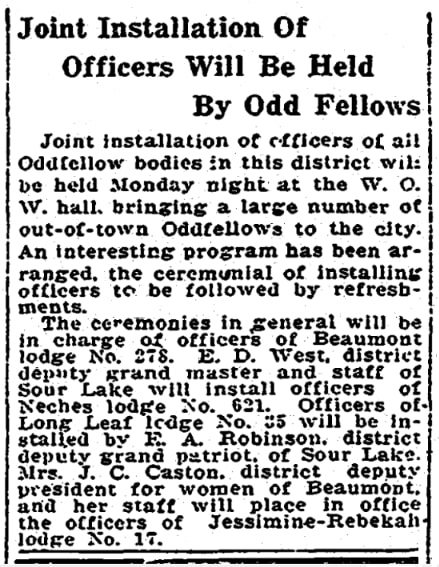
Local meetings weren’t the only Oddfellow meetings you find in the newspaper. Large gatherings and conferences in other cities were also reported, like this article that claims 5,000 will be at a meeting in Waco, Texas. Once again, this gathering includes both the Oddfellows and the Rebekahs. Names mentioned are of grand lodge officers and not local members.
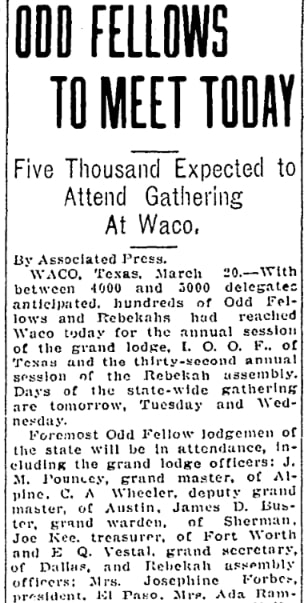
Genealogy Tip: Notice that the women mentioned are mentioned by their first name and married surname. Make sure to conduct several searches for married women using both their first name and married surname as well as their husband’s names (Mrs. John Smith, for example).
Other types of Oddfellow/Rebekah gatherings I found in the newspaper were events they put on that were open to the public, like this 1928 musical.
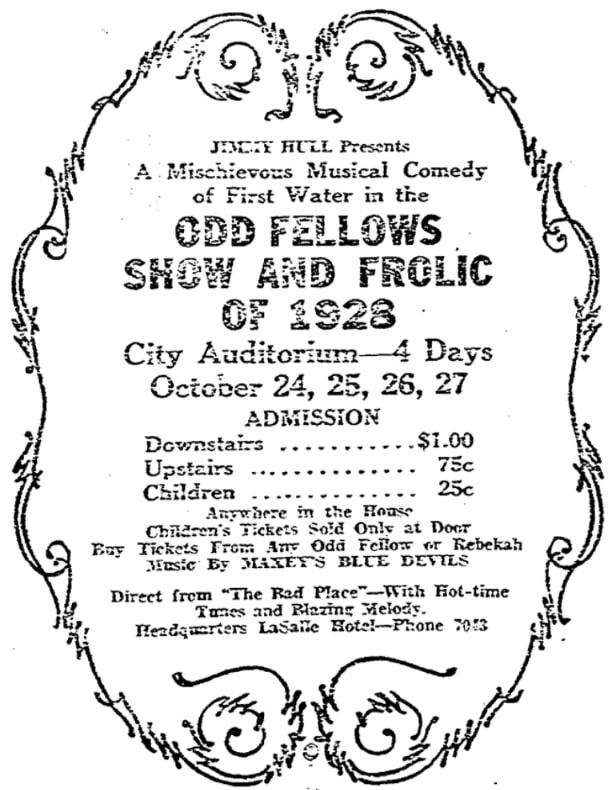
In the case of an event like this, search newspapers before and during the event dates for additional articles, like this one published on opening night that includes information about the musical, names of participants, and a photograph of one of the dancers.
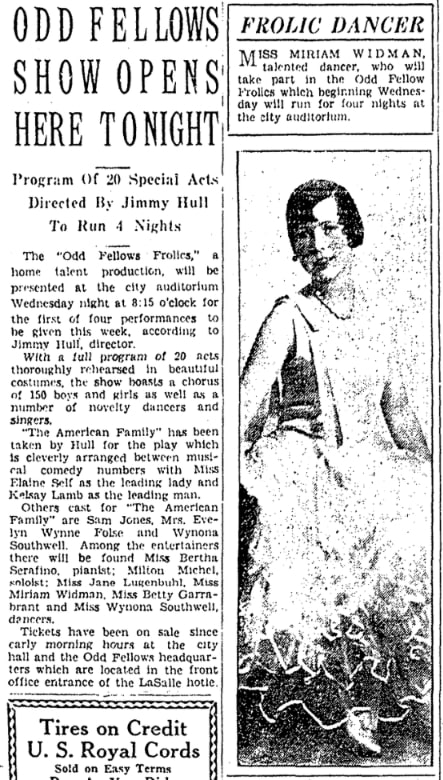
What Will You Find?
Telling the story of our ancestors requires more than a search for their name in historical newspapers. As you may have noticed in these examples, the everyday Oddfellow members were not listed by name in many newspaper articles. When names appeared, it was largely for officers. However, if you know your ancestor was a member, creating a timeline of events you find in the newspaper can be beneficial to your overall knowledge of your ancestor and their day-to-day life.
Explore over 330 years of newspapers and historical records in GenealogyBank. Discover your family story! Start a 7-Day Free Trial
_______________________
(1) “Fraternal Order,” Wikipedia (https://en.wikipedia.org/wiki/Fraternal_order: accessed 13 November 2023).
(2) The Rebekahs were originally a female auxiliary of the Oddfellows.
